Description
Celeriac Giant Prague Seeds
Celeriac Giant Prague Seeds An heirloom variety introduced in 1871 producing large 5″ round crisp bulbous white roots with a wonderful piquant flavour, similar to celery. A versatile vegetable for mash, soups, stews or grated raw in salads. Stores well after autumn harvest.
Cultivation Advice For Celeriac Giant Prague
- Celeriac prefers well-draining, fertile soil rich in organic matter. Prepare the soil by adding compost or well-rotted manure before planting.
- Aim for a slightly acidic to neutral pH level (around 6.5 to 7.0).
- Celeriac is a cool-season crop. Start seeds indoors 10-12 weeks before the last expected frost date and transplant seedlings outdoors when the soil is workable and temperatures are cool.
- In warmer climates, consider planting in the fall for a winter harvest.
- Celeriac seeds can take some time to germinate. Provide consistent moisture and warmth during the germination period, which can be facilitated by using a seedling heat mat.
- Space Celeriac plants about 12-18 inches apart in rows that are 18-24 inches apart. Giving them sufficient space allows the roots to develop properly.
- Keep the soil consistently moist, especially during dry periods. Celeriac requires regular watering to prevent the roots from becoming woody and to ensure optimal growth.
- Mulching around the plants can help retain soil moisture.
- Prior to planting, incorporate a balanced fertilizer into the soil. Side-dress with additional fertilizer when the plants are actively growing.
- Avoid excessive nitrogen, as too much can result in lush foliage at the expense of root development.
- As the Celeriac plants grow, consider hilling soil around the base of the plants. This helps support the growing roots and can also contribute to blanching the celery root.
- Blanching involves covering the upper part of the roots with soil to reduce bitterness and improve tenderness. You can achieve this by gradually hilling the soil around the base of the plants or by using cardboard collars.
- Keep an eye out for common pests like aphids and diseases such as leaf spot. Use organic methods or suitable insecticides/fungicides if necessary.
- Crop rotation can help prevent soil-borne diseases
- Harvest Celeriac when the roots have reached a good size (usually 3-4 inches in diameter) and are firm. Late fall is a typical harvest time, but you can leave them in the ground during winter in milder climates.
- Celeriac stores well in cool and moist conditions. Store harvested roots in a cool, dark place with high humidity. They can be stored in a root cellar or the refrigerator.
- Consider planting celeriac near crops that can benefit from its pest-repelling properties, such as tomatoes or brassicas.
- Celeriac prefers full sun but can tolerate partial shade. However, providing at least 6 hours of direct sunlight per day is ideal for optimal growth.
- Celeriac performs best in cool temperatures. While it can tolerate frost, prolonged exposure to very cold conditions may result in damage. Consider providing protection during extremely cold periods.
- Mulch around the celeriac plants to help conserve soil moisture, suppress weeds, and maintain a more consistent soil temperature. This is especially beneficial during hot weather.
- Maintain a consistent watering schedule, avoiding fluctuations between wet and dry conditions. Inconsistent watering can lead to irregular root development and may affect the quality of the celeriac.
- If space is limited, celeriac can be grown in large containers. Ensure the container is deep enough to accommodate the developing roots and use a well-draining potting mix.
- Planting celeriac alongside companion plants like onions, leeks, or carrots can help improve overall garden health. Some companion plants may also help deter pests that can affect celeriac.
- Regularly inspect your celeriac plants for signs of pests, diseases, or nutrient deficiencies. Early detection allows for prompt intervention and minimizes potential damage.
- Consider leaving some celeriac in the ground for a late-season harvest. In cooler climates, celeriac can often be stored in the ground throughout the winter, allowing for a more extended harvest period.
- Before planting, ensure the soil is well-amended with organic matter. This not only provides essential nutrients but also contributes to soil structure and aeration, promoting healthy root development.

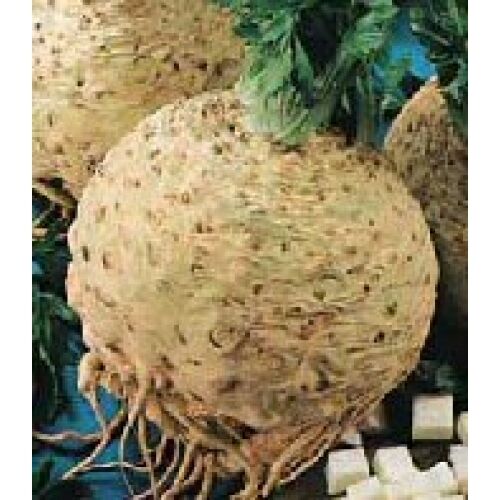
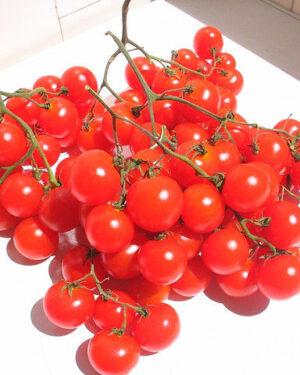
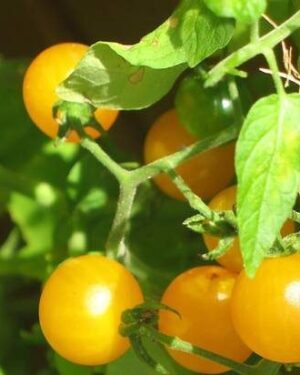
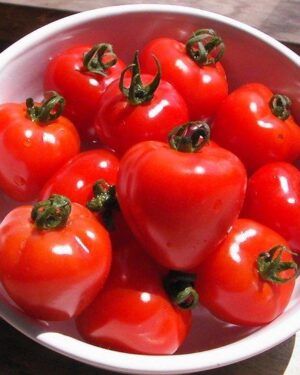
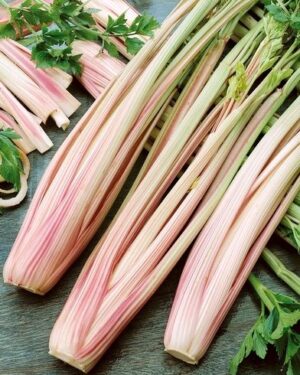
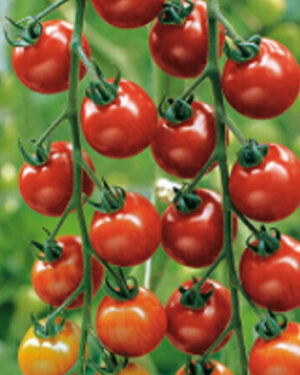
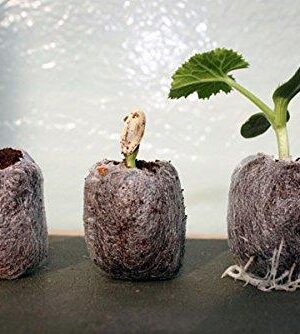
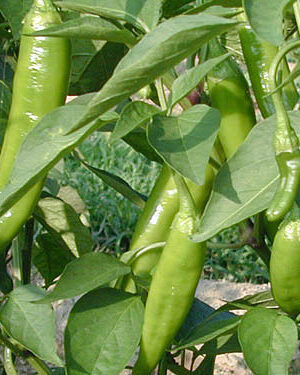
Reviews
There are no reviews yet.